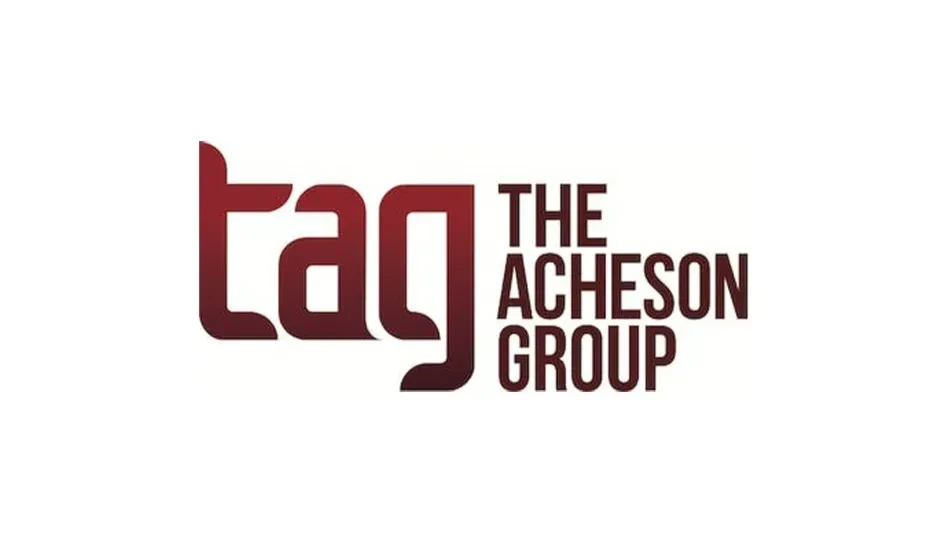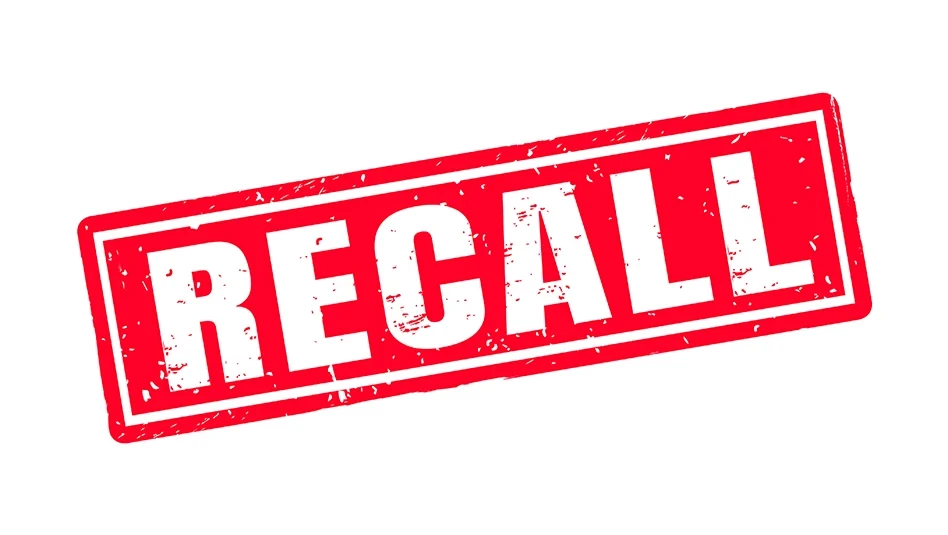 There has long been a perpetuated myth in the food industry about what constitutes a mock recall. While the industry has a good understanding of and appreciation for the need to ensure that it is prepared to respond to a failure that would require removal of a product from the marketplace, there is confusion about how to measure readiness.
There has long been a perpetuated myth in the food industry about what constitutes a mock recall. While the industry has a good understanding of and appreciation for the need to ensure that it is prepared to respond to a failure that would require removal of a product from the marketplace, there is confusion about how to measure readiness.
Part of preparedness involves testing the programs that support this activity. The four key programs are Traceability, Recall, Record Retention, and Crisis Management.
- An effective Traceability Program identifies the quantity and location of suspect product.
- A Recall Program includes all activities needed to remove the product from the marketplace or intermediate handlers.
- A Record Retention Program ensures that records associated with production of the suspect material are readily available.
- Crisis Management involves communication, both in-house and with customers and suppliers, about the suspect material.
There are four types of exercises that should be implemented to test these key programs: Trace Exercise, Mass-Balance, Vertical Audit, and Mock Recall.
Trace Exercise
There is a common misunderstanding in the food industry that a Mock Recall involves selecting a material (raw material or finished good) and identifying the first point of distribution for the entire quantity. However, that particular process is actually a Traceability Exercise. This exercise acts as an accounting program, not for finances, but for materials.
Most food processing facilities do test their Traceability Program. In fact, the ability to trace a product is a requirement of the Bioterrorism Act of 2002. On a predetermined schedule, a product is selected and the customers for that product are identified. The product selection could include an ingredient, food contact packaging material, a processing aid, or a finished product.
The objective of a Traceability Exercise is to validate the Traceability Program and identify where the product went. This would include production, shipment, retained or sales samples, and product classified as damaged, waste, or rework. The event typically does not involve the majority of the Recall Team…it may even be done by one person.
Traceability events are often timed. A recommended time limit for the exercise is less than four hours from start to finish. It is also recommended that the exercise is conducted at least twice per year, including a forward trace to the first point of distribution and a backward trace to each immediate supplier. It may involve paper or electronic records, or a combination of both.

Mass-Balance
Mass-Balance is a component of a raw material traceability exercise. It is a reconciliation exercise that involves matching up the quantity of material received with the quantity of material produced:
Mass = Weight
Balance = Reconciliation
This is done to ensure that the amount of suspect material identified is logical.
For example:
- 10 pounds of Ingredient A goes into each batch.
- A batch yields 100 cases.
- 100 pounds of Ingredient A/Lot X is received.
- Conduct a Mass-Balance on Ingredient A/Lot X.
If there is more or less product than the expected yield, the cause must be noted. In some cases, the expected yield may depend on product characteristics, such as moisture loss or overweight units. If this cannot be determined for the specific batch being traced based on processing records, a pre-determined range should be calculated based on plant history. It is not acceptable to assume that overages or shortages are due to this fluctuation.
Mass-Balance helps to identify issues often missed by simple traceability, including damage, rework, and shrink.
Vertical Audit
Vertical Audit is an extension of a Traceability Exercise in which the records associated with the production run(s), such as CCP records and vehicle inspections, are reviewed.
A vertical audit will also test the Record Retention Program. It will help determine if pertinent records are available for investigating the cause of failure. These records may also be the evidence needed in legal matters to demonstrate due diligence. Such records may include, but are not limited to:
- Receiving records (vehicle and product inspection, temperature checks, raw material testing, strainer inspections, vehicle seal confirmation, Certificates of Analysis)
- Pre-operational inspections
- Critical control point records
- Weight check records
- Temperature records (storage or processing)
- Shipping records (vehicle inspection, vehicle and product temperature checks, vehicle seals)
- Checks of foreign material control devices (sifters, magnets, x-ray, metal detectors, can rinsers)
- Breakdown records and/or emergency repairs during the run
- Process control records (time, temperature, pressure, humidity, etc.)
Mock Recall
In reality, a Mock Recall is a crisis drill. While it may include elements of Traceability, Mass-Balance, and Vertical Audits, its main objective is to test the crisis-handling side of a recall. There are several essential elements:
1. Confirm the business- and after-hours contact information for the following people:
- Recall team members
- Customers
- Suppliers
- Distribution and warehouse personnel
- Certification bodies
- Legal counsel
2. Challenge the Recall Team's ability to determine:
- If a recall is warranted.
- What technical expertise is needed and how to contact the experts.
- What additional warehousing or transportation needs there might be.
- If the correct persons are on the Recall Team.
- If the correct alternates are identified for the Recall Team.
3. Confirm that responsible personnel and their alternates know how to:
- Contact regulatory agencies (domestic and foreign).
- Access the Reportable Food Registry.
- Access the facility's FDA facility registration information.
- Access company computer systems.
- Set up a conference call.
- Create and maintain a log of recall activities.
- Write customer communications for phone and email.
- Write press releases and media statements.
- Prepare statements for company personnel to keep them informed of the facts of the situation and to handle requests for information from external sources.
Not all elements of the Mock Recall will need to happen at one time. The calling to confirm after-hours contact information could be done gradually. There is no need to mention Mock Recall when confirming contact information. Just simply state that policy requires an annual or semi-annual confirmation of contact information.
Summary
If you have been doing Mock Recalls as described above, continue to do so. If you have actually been doing Traceability Exercises, get in the habit of referring to them as Traceability Exercises, and start incorporating more advanced elements, such as Mass-Balance and Vertical Audits, which will help test your readiness for responding to a failure. If you have not done a Mock Recall that includes the elements of crisis management outlined above, talk to your Recall Team about planning a mock event to test the program and the knowledge of each member of the Recall Team. Preparation and practice are sure to ease some of the stress if you find yourself faced with a product recall.
The authors are Director of Food Safety Education and Publications Coordinator, respectively, for AIB International.
Latest from Quality Assurance & Food Safety
- Jim Jones Resigns from FDA, Citing ‘Indiscriminate’ Layoffs
- Raw Pet Food Identified as Source of Bird Flu Infection to House Cats
- USDA Terminates Contracts, Rescinds DEI Programs
- Brooke Rollins Sworn in as U.S. Secretary of Agriculture
- bioMérieux Launches Diagnostic Solution for Food Industries to Analyze Root Cause of Listeria Contamination
- WHO Appoints Director of Department of Nutrition and Food Safety
- WHO, Nanyang Technological University Singapore to Host Food Safety Risk Assessment Workshop
- New CDC Report Says Bird Flu Spread Undetected in Veterinarians





